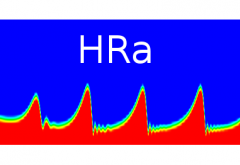It is just a proposal inspired by the Jazz Blues Accelerator on LJS (learnjazzstandards(dot)com). This small accelerator has three steps:
1. Play the roots of the chords of a blues in all 12 keys.
2. Know the blues scale in 12 keys.
3. Improvise over the blues scale in 12 keys.
Some explanations:
1. Take a blues in C and play half notes:
C C F F C C C C
F F F# F# C C A A
D D G G C C G G
For bar 8 to bar 11 it is good to know the circle of 4ths, aka “the cycle.”
Then do the same for a blues in F, and so on.
2. The blues scale is the minor pentatonic with the tritone. For example:
C Eb F F# G Bb
Find it in the other 11 keys.
3. As a piano player, play the roots of the chords with the left hand, with the right hand improvise over the blues scale.
As a horn player, create a play-along, e. g. with Band in a Box or iReal Pro.
The chords are
C7 F7 C7 C7
F7 F#dim C7 A7
Dm7 G7 C7 G7
(one chord per bar)


